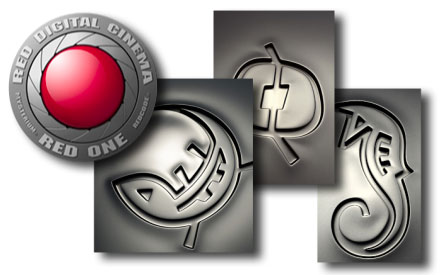
The RED One camera and its ability to capture large frame size, RAW-format files has certainly ignited the imagination of filmmakers and videographers. But its unusual file format and requirements has also created a lot of head-scratching among users trying to find the most efficient way to send RED footage through a normal production pipeline.
To this end, Autodesk just released a white paper that covers using RED One footage with their Smoke, Inferno, Flame, Flint, and Lustre systems. It covers shooting, lighting, color spaces, proxies, going from offline to online, audio, finishing and final output including suggested settings, as well as an appendix on RED-specific applications and where they fit into the workflow. In other words, this isn’t a brochure; it’s a mini-handbook for users that describes the current recommended practices in some detail.
You can download the white paper here. Here’s a thumbnail sketch of some of its suggestions:
- Shoot normally; there is no restriction on frame sizes or data rates.
- Autodesk systems cannot currently read RED R3D files directly. Instead, for maximum quality the R3D files need to be converted into film-like DPX image sequences, using an application such as Crimson (see below). Several Autodesk systems can also read the QuickTime proxies directly.
- Do offline editing with the RED-generated QuickTime proxies in Final Cut Pro. Export an XML file of the edit, and load it into Crimson, which will conform the edit list. Use Crimson to take the RED R3D raw files and convert them into a DPX sequence. The XML file also can be read by the Flame, Smoke, or Lustre; the Lustre can also take a CMX 3600-format EDL.
- Set Gamma to Rec 709 (the official HD spec), but set Color Space to REDSpace. Adjust the Brightness parameter to brighten the shots during the conversion process (start with a value of 2.5 in Crimson, or 25 in REDCINE).
The document is clearly a work in progress; expect it to be updated as Autodesk and their users learn more. It would also be nice to see it include suggestions for Combustion (for the desktop crowd) and Toxik (their new networked compositing system for film work). But it’s nice to see them get this document out there for their users.
